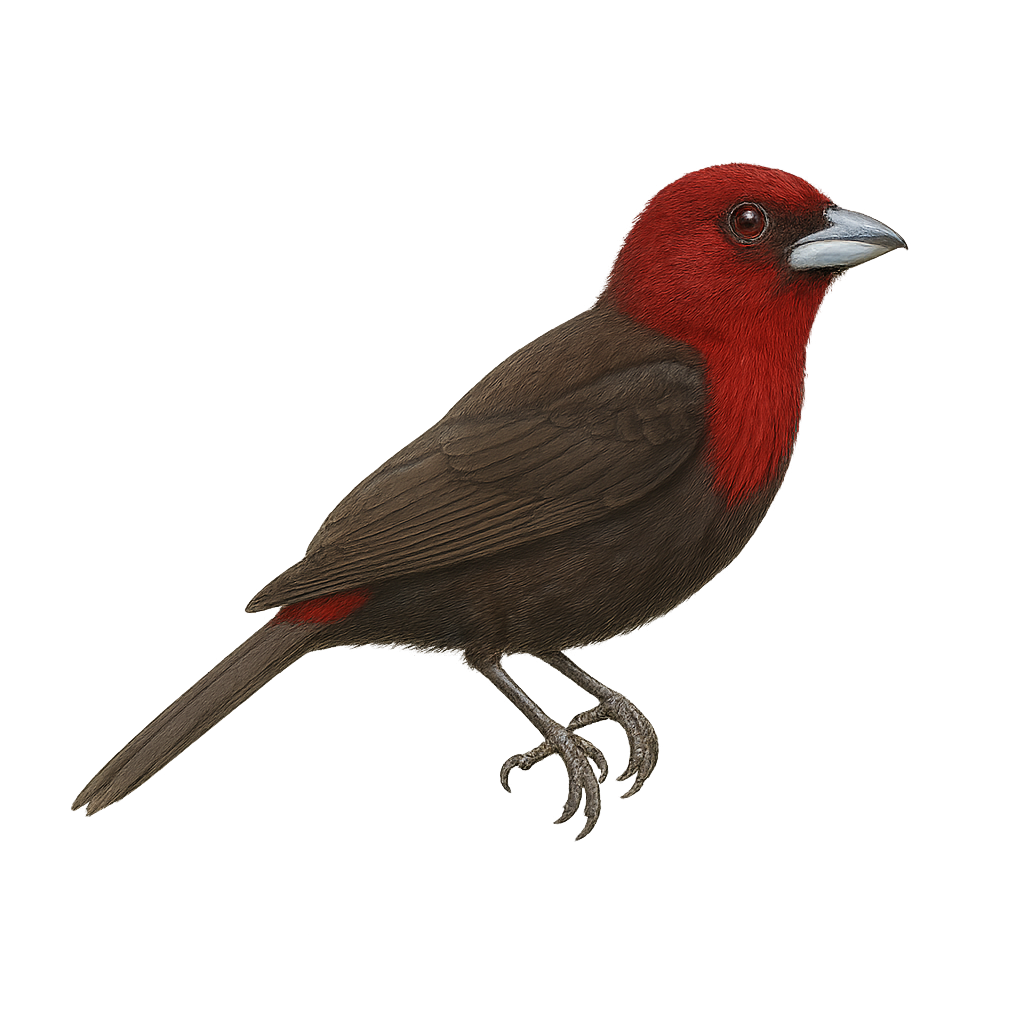Your wildlife photography guide.
Explore the silver-beaked tanager in detail, study its behavior, prepare your shots.
Where to observe and photograph the silver-beaked tanager in the wild
Learn where and when to spot the silver-beaked tanager in the wild, how to identify the species based on distinctive features, and what natural environments it inhabits. The WildlifePhotographer app offers tailored photography tips that reflect the silver-beaked tanager’s behavior, helping you capture better wildlife images. Explore the full species profile for key information including description, habitat, active periods, and approach techniques.
Silver-beaked Tanager
Scientific name: Ramphocelus carbo

IUCN Status: Least Concern
Family: THRAUPIDAE
Group: Birds
Sensitivity to human approach: Suspicious
Minimum approach distance: 5 m
Courtship display: December to January
Incubation: 13-15 jours
Hatchings: December to February
Habitat:
humid tropical forests, forest edges, riparian zones
Activity period :
Primarily active during the day, with peak activity in the morning and late afternoon.
Identification and description:
The Silver-beaked Tanager, or Ramphocelus carbo, is a medium-sized bird known for its striking plumage. The male features a bright red back contrasting with a black belly, while the female displays more subdued tones. It is primarily found in the humid tropical forests of South America, particularly in the Amazon. This bird is often seen in small groups, feeding on fruits and insects. Its melodious song and vibrant colors make it a favorite among birdwatchers and photographers. Although relatively common, deforestation threatens its natural habitat. The Silver-beaked Tanager plays a crucial role in seed dispersal, aiding forest regeneration.
Recommended lens:
400 mm – adjust based on distance, desired framing (portrait or habitat), and approach conditions.
Photography tips:
To photograph the Silver-beaked Tanager, focus on early morning hours when the light is soft and the bird is most active. Use a telephoto lens of at least 400mm to capture precise details without disturbing the bird. Look for areas where fruits are abundant, as these birds are often attracted to them. Be patient and discreet, as although suspicious, the Tanager can get used to your presence if you remain still. A tripod can be helpful to stabilize your camera and achieve sharp images.
The WildlifePhotographer App is coming soon!
Be the first to explore the best nature spots, track rutting seasons, log your observations, and observe more wildlife.
Already 1 432 wildlife lovers subscribed worldwide

